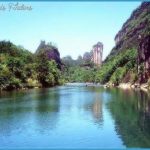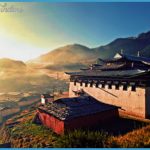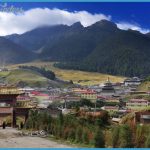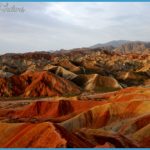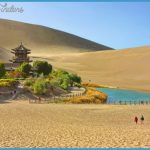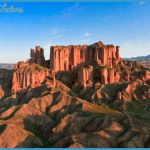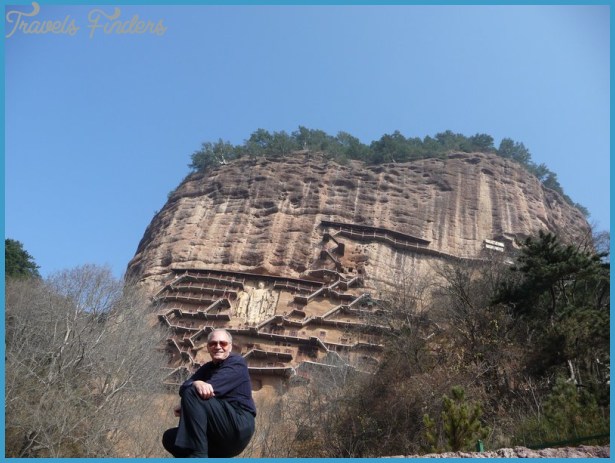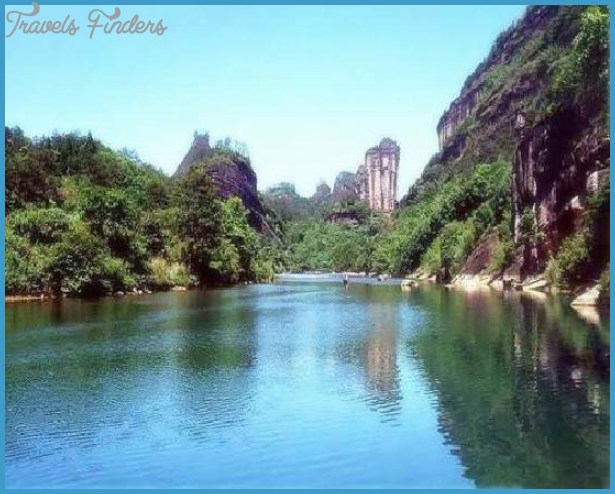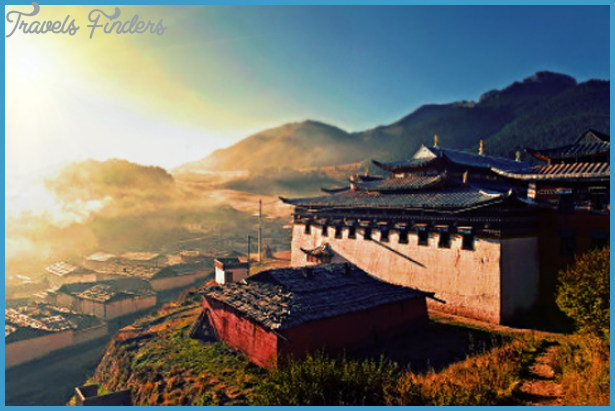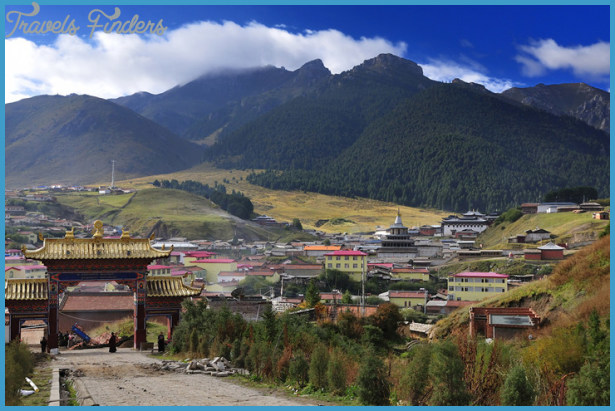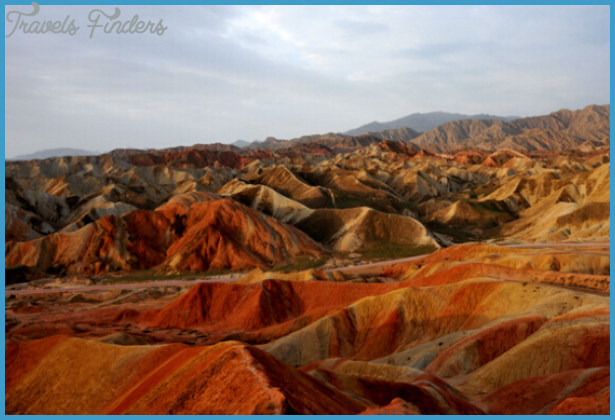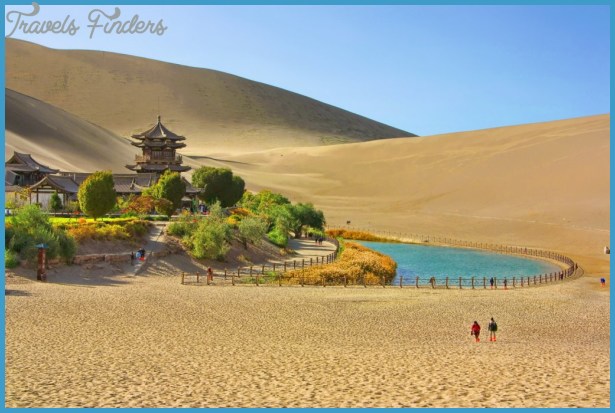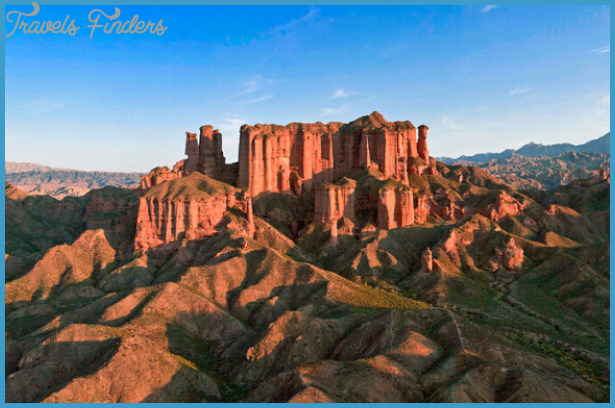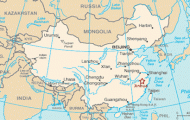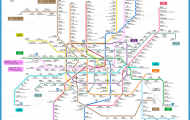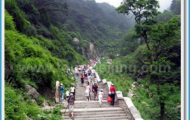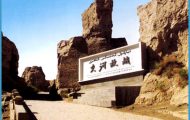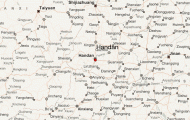Area: 451,OOOsq.km/174,130sq. miles Population: 22,850,000. Capital: Lanzhou
Gansu province lies in the north-west of China, between 93°28′ and 108°44’E and 32°36′ and 42°48’N.
The height of the province above sea-level varies between 1000m and 3000m/3300ft and 9900ft, the highest peak being 5808m/19,060ft and the lowest point 600m/1970ft. Plateaux predominate in the north and east, with steppes covering almost 30% ofthe land in the south and west. The eastern part of Gansu is a loess (fine, windblown soil) region through which flows the Fluanghe river.
To the north-west, between the north-eastern edge of the Qinghai-Tibet Plateau and the Gobi Desert, the province is in the form of a long “corridor”, with oases fed by water from the Qilianshan Mountains marking the course of the Silk Road. Climate The climate has a Continental character, with cold, dry winters and warm, humid summers.
History Gansu became part of the Chinese empire back in the time of Emperor
Shihuang ofthe Qin dynasty (221-206 B.C.). Being surrounded by oases the region was well suited to serve as a part of a route linking east to west. Buddhism found its way here along this route as early as the 1st c. b.c. Asa result a number of trading centres along the Silk Road, such as Dunhuang and Jiuquan, became centres of the new religion, accompanied by the construction of numerous cave temples, the most famous of which being those in Dunhuang.
Economy Traditionally a poor region, the province has enjoyed rapid industrial development in recent years, with Lanzhou becoming the centre of industry and transport. Crude oil exploration has become of great importance, and other natural resources include coal, copper, lead and zinc.
There is a water shortage in most parts of the province, so irrigation projects are essential to agricultural development. However, such projects often result in serious problems brought about by large-scale resettlement programmes, since most peasants have no desire to leave their land. The major agricultural products are wheat, maize, millet, cotton, linseed and melons. Pigs, sheep, cattle and horses are also reared.
Sights
The towns of Dunhuang and Jiuquan (see entries) offer much of interest to the visitor.


